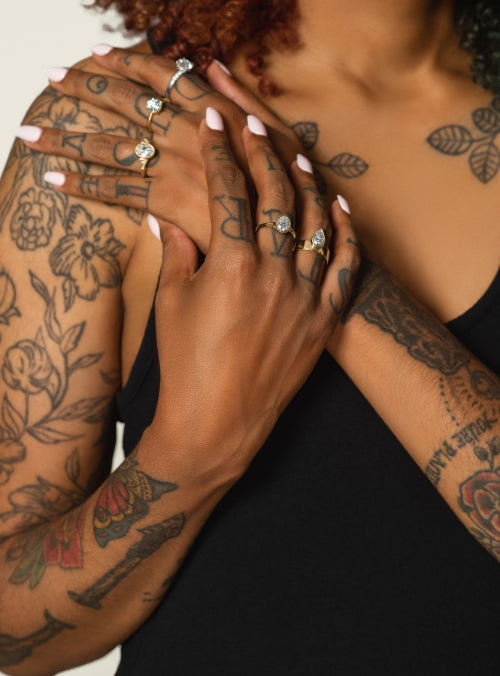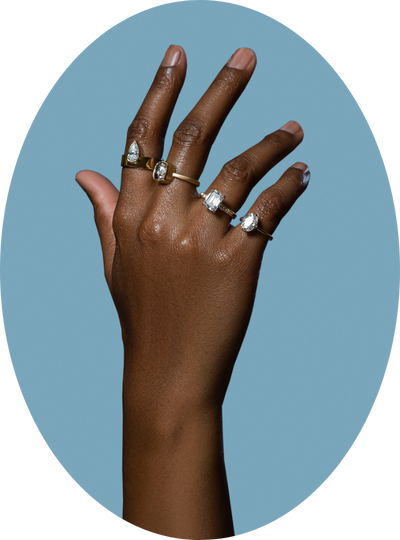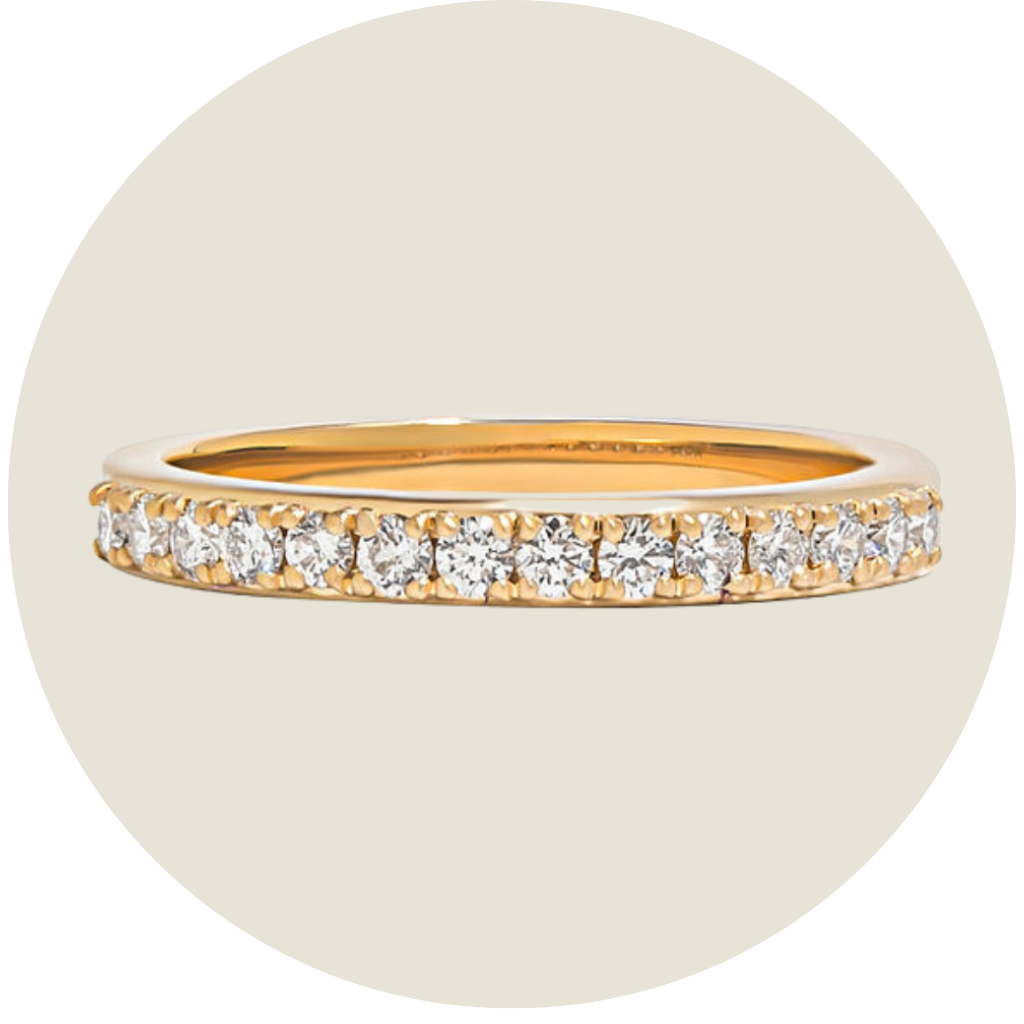
We work with our clients to ensure that their engagement ring is not only beautiful, but functional.
Nothing would be worse than wearing your ring for a few months and it falling apart. Hera strives to craft only high quality heirloom pieces - durable engagement rings that last decades and are passed down through generations. The characteristics your ring needs to be durable will always depend on the design.
That’s why it’s so important to work with a designer like Hera, who cares about your ring as much as you do. But there are some common features we always like to see. Some of the major factors that come into play in most rings are gold weight, band width, setting style and engagement ring height.

Integrity
The width of your band, as well as the width of components like the prongs or bezel, is absolutely essential to a durable engagement ring. Overly delicate rings are prone to bending, warping, or even snapping in half - yikes. We recommend a minimum width of 2 mm for your engagement ring band. As the center stone of your ring gets larger, all these components need to get wider and heavier as well to properly support it.

stone security and setting style
Engagement Ring Height

CARING FOR YOUR HERA RING
Maintenance
- Rings take a lot of abuse when you wear them daily, so no matter what type of ring you get, we recommend having a local jeweler inspect it every year to make sure everything looks good. This is especially true for pavé - and all prong settings - as those prongs can loosen with regular wear. As far as cleaning goes, we keep it simple with some Dawn dish soap, warm water and a baby toothbrush - just let it soak for a few minutes and gently scrub all the nooks and crannies. If you prefer jewelry cleaner, that works too! Just make sure that the product you’re using is compatible with your ring - some kinds of cleaner can remove the rhodium plating on white gold, for instance.




